
Eyelid allergies are also sometimes referred to as contact eye allergies. This condition is actually an allergic inflammation or a contact dermatitis of the eyelids, and it is commonly triggered by direct contact with several types of allergens. Women are more prone to this type of allergy as they commonly use plenty of makeup and eye products which may contain certain types of harmful preservatives. Contact lens solutions and common over the counter ointments can also be considered as irritating allergens. The symptoms of eyelid allergies are very similar to the symptoms of poison ivy rash and they may sometimes occur only 2 days after exposure to the harmful allergen. Other common symptoms include redness, itching and blisters on the eyelids, and also watery and red conjunctiva.
Continuous contact with the allergens may lead to chronic thickening and inflammation of the eyelids. In order to prevent eyelid allergies from occurring, one needs to steer clear of all the different types of sensitizing agents. A person may need to start using hypoallergenic topical eye products, cosmetics and lens solutions. Mild topical corticosteroids may also be of great help in most cases. This medical condition may easily be confused with certain other relatively similar medical conditions. Dry eye, caused by reduced tear production and characterized by symptoms such as grittiness, burning and irritation is often confused with eyelid allergies. Certain medicaments usually aggravate the condition. Another similar condition is tear duct obstruction in which the tear passage gets blocked. Conjunctivitis is another medical condition which is often mistaken for eyelid allergy.
Care and Treatment
Most cases of eyelid allergies can be easily treated with various different types of over the counter products which can be purchased in most well equipped pharmacies. One should seek medical advice if experiencing heavy discharge, extreme redness or painful sensations in the eyes. Artificial teats may be of great help when it comes to diluting the allergens and preventing them from sticking to the conjunctiva. Perhaps the most important part of the eyelid care is the avoidance of various different types of triggers. Allergens can be both contact ones and airborne. Rubbing the eyes should be avoided at all costs because it is also one of the physical triggers. Antihistamine eyedrops may be of certain help to a certain degree but they are not that efficient in all cases. Different variants of decongestants may also be of great help in some cases.




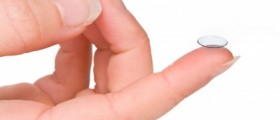


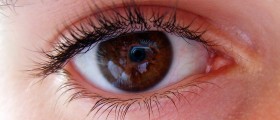
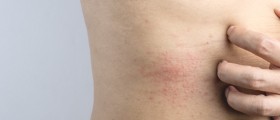
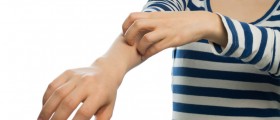
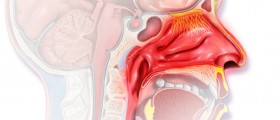

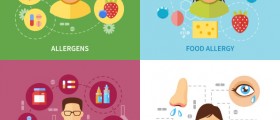




Your thoughts on this
Loading...